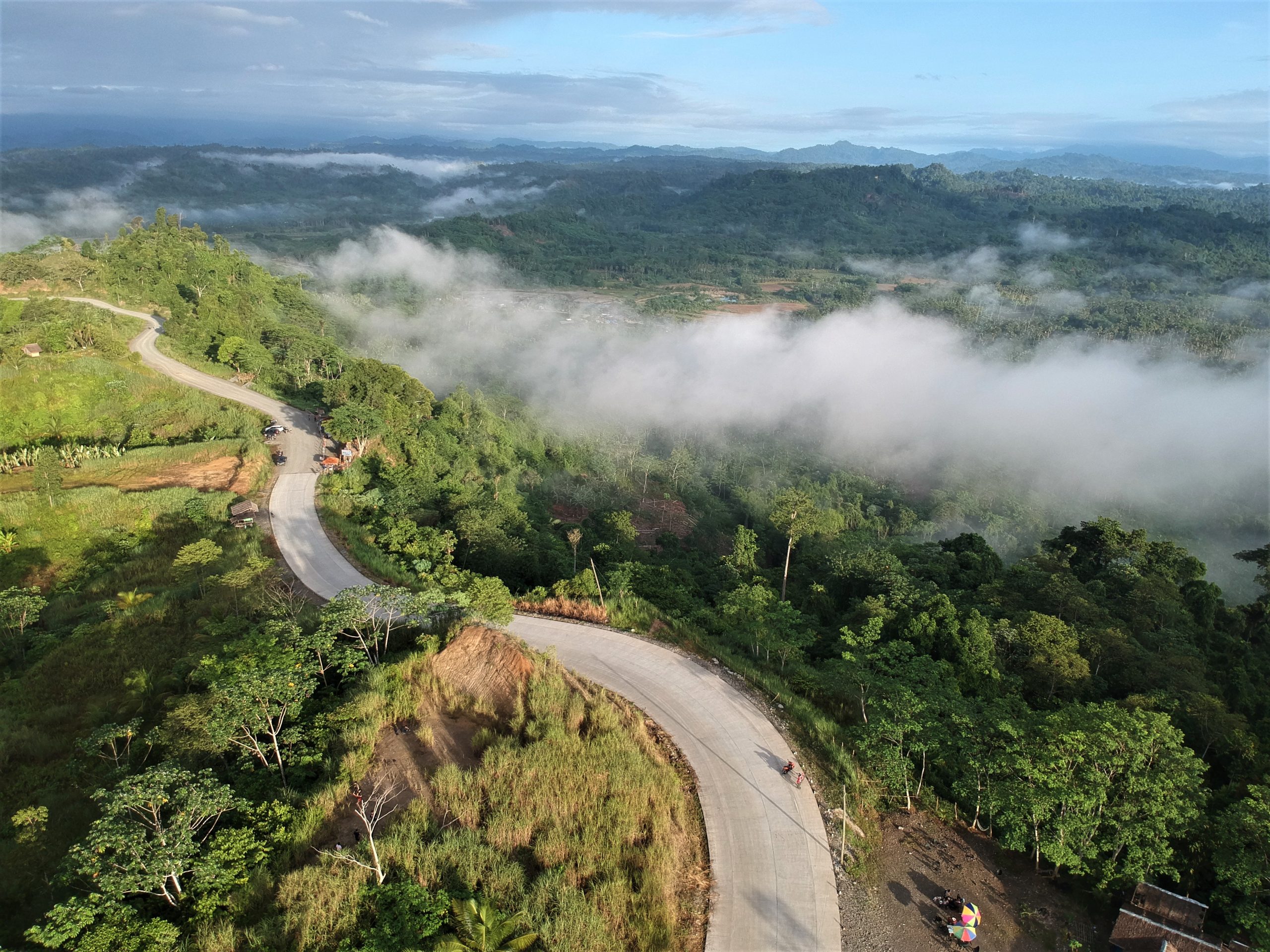Esperanza, Agusan Del Sur
Jacel de Jesus in The Philippines - Our Home
Apr 18, 2024 • 6 min Read
Ang Pinoy was borne by the thoughts and awareness of how impressive and unique the different places that we have in our country. These places present different ecotourism sites, unique cultural traditions, foods, dialects, and other things that create wonderful memories.
Let’s have fun in our country, The Philippines – Our Home
Municipality of Esperanza – The Home of Golden Tara
Have you heard of the Golden Tara? This town has an interesting story about its history and how it became Golden Tara’s home.
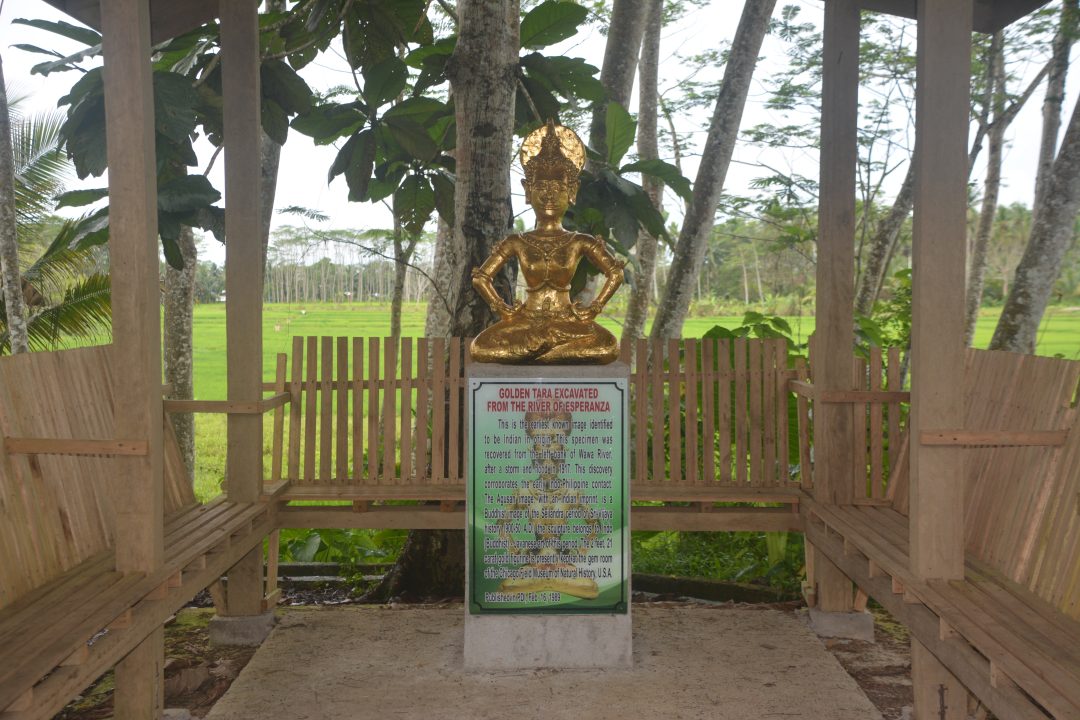
Esperanza is a Municipality in the Province of Agusan del Sur under Region 13, also known as CARAGA Region. This place is known as one of the oldest towns in Northern Agusan del Sur.
Before the Spanish colonization, this municipality was known as Wawa-Ojot, a native place along the Wawa and Ojot Rivers. Wawa Ojot’s name has been said to have originated from the natives’ traditional custom of friends and relatives gathering for merry-making activities during the harvest season.
In early times, the Manobo tribe settled along the rivers, the Higaonons were in the hilly area while the Banwa-ons were in the forested mountains. All of them have their system of government.
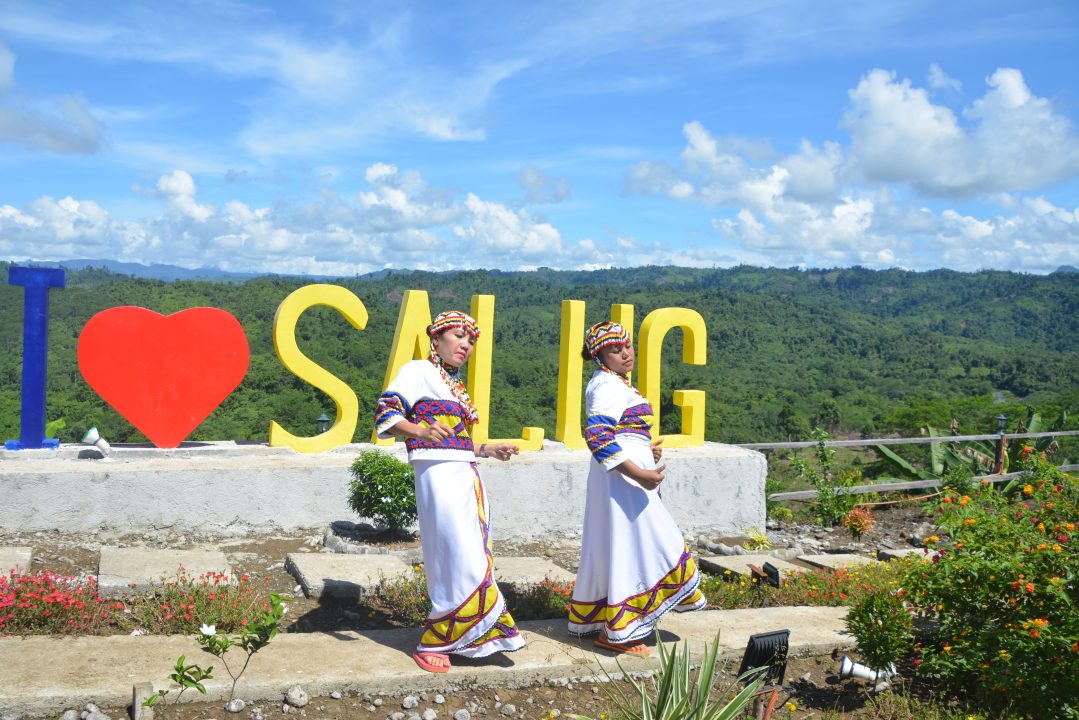
During the Spanish period, the town center was established to entice people to move in and for the spread of Christianity. Reverend Father Saturnino Urios, then Jesuit head, built a church to serve as a worship area and a gathering place to discuss various matters, including loyalty to the King of Spain. This was about the time that Esperanza got its name.
Esperanza before was known to be the largest municipality in terms of land area. When the Americans arrived, Agusan del Sur was divided into political subdivisions with the rivers as natural boundaries. Wawa-Ojot then was comprised of the Municipal Districts of Las Nieves, Esperanza, Concordia, Maygatasan, Maasin, Nuevo Trabajo, Remedios, Guadalupe, Bakingking, Baylo, Bunaguit, San Luis, Santa Ines, Verdu, and Milagros. The seat of government was in Esperanza.
The American period paved the way for one of Esperanza’s pride, the Golden Tara, a Javanese icon that excreted gold dust. The Golden Tara was discovered by Belay, a native of Esperanza. When the news reached the Military Governor of Butuan, Governor Blas Baclayon bought it from the natives. Later, it was displayed at the Carnival Exposition in Butuan. Afterward, another prominent person from Cebu bought the Golden Tara and displayed it in a Carnival Manila. Not long after, an American tourist purchased the image and made it one of the world’s famous collections at the Field Museum of Natural History in Chicago, USA.

Another milestone in Esperanza’s history was the installation of the Fil-USA Guerilla Camp under the leadership of General Wendell Fertig. During World War II, the emergency currency notes were printed in Esperanza and were circulated in Eastern Mindanao and Visayas.
After the establishment of Esperanza as a municipality, the earliest settlers were the people from the coastal town of the Province of Agusan, specifically from Butuan. Some settlers left the area because of constant floods that destroyed their plantations. Following World War II, settlers from different regions arrived.
Esperanza became a regular Municipality by Executive Order No. 611 on September 11, 1953. It was approved and signed by President Elpidio Quirino. The first set of municipal officials was installed on September 27, 1953. The officials were – Mayor Alfredo B. Patanao, Vice Mayor Antero P. Romao, and Councilors – Marcelo Rara, Bonifacio V. Callanta, Francisco Nortega, and Severino Castro.
On August 6, 1961, by Executive Order No. 440, President Carlos P. Garcia signed the separation of the Eastern and Northeastern Barangays consisting of Bayugan, Maygatasan, Nuevo Sibagat Mahayahay, Verdu, Mabuntay, Salvacion, Caridad, Sagmone, Calaitan, Sinadjap, Malindao, Noli and Fili from the Municipality of Esperanza.
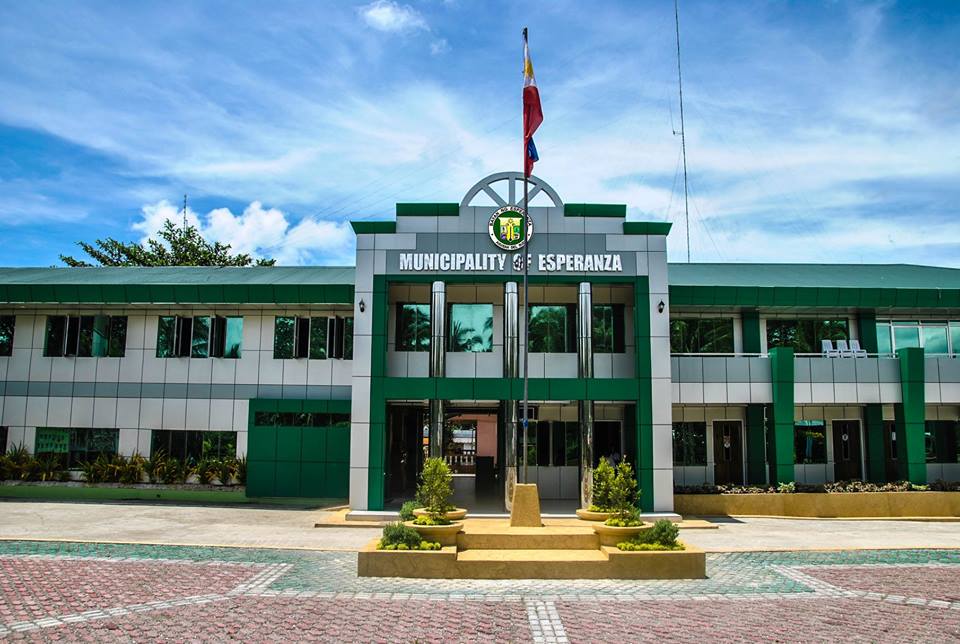
Here is Esperanza at a glance:
| Created as a Municipality: | September 11, 1953 |
| By Virtue of: | Executive Order No. 611 |
| Island Group: | Mindanao |
| Region: | Region 13, CARAGA |
| Province: | Agusan Del Sur |
| District: | First District |
| Income Class | Category: | First Class Municipality |
| Population as of 2020 (PSA): | 59,353 |
| No. of Barangays: | 47 |
| Postal Code: | 8513 |
| People in the Municipality: | Higanonon, Banwaon, Manobo, Cebuano |
| Languages Spoken: | Bisaya, Higaonon, Manobo, Banwaon |
| Police Hotline: | +63998-5987311 |
| MDRRMO | +639473305960 |
| Municipality Facebook: | Office of the Municipal Mayor – LGU – Esperanza, Agusan del Sur |
| Tourism’s Facebook: | Esperanza ADS Tourism |
Economy:
The Municipality of Esperanza has a category of First-Class Municipality under the Department of Trade and Industry Philippines’ LGU Profile. It ranks 428th in terms of Economic Dynamism.

The sources of livelihood in this town are farming and fishing. People in this municipality are into planting rice, corn, and fruits, and there is also rubber. This area is also known for the following products:
A. Beads

B. Kamuyot Bag

C. Basket

D. Banig
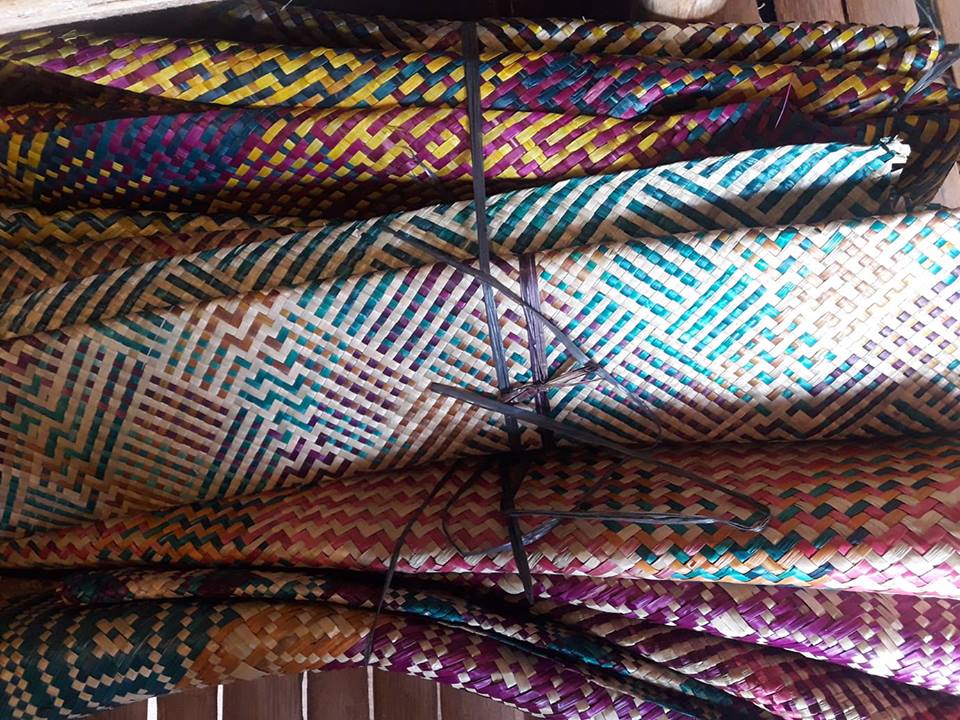
Tourism:
There are so many things to love about Esperanza. They have a yearly festival called “Nalandang Festival” or “Araw ng Esperanza,” celebrated every September 25-27. Nalandang Festival is a celebration where the tribes of Higaonon, Manobo, and Banwaon showcase their culture and talents.
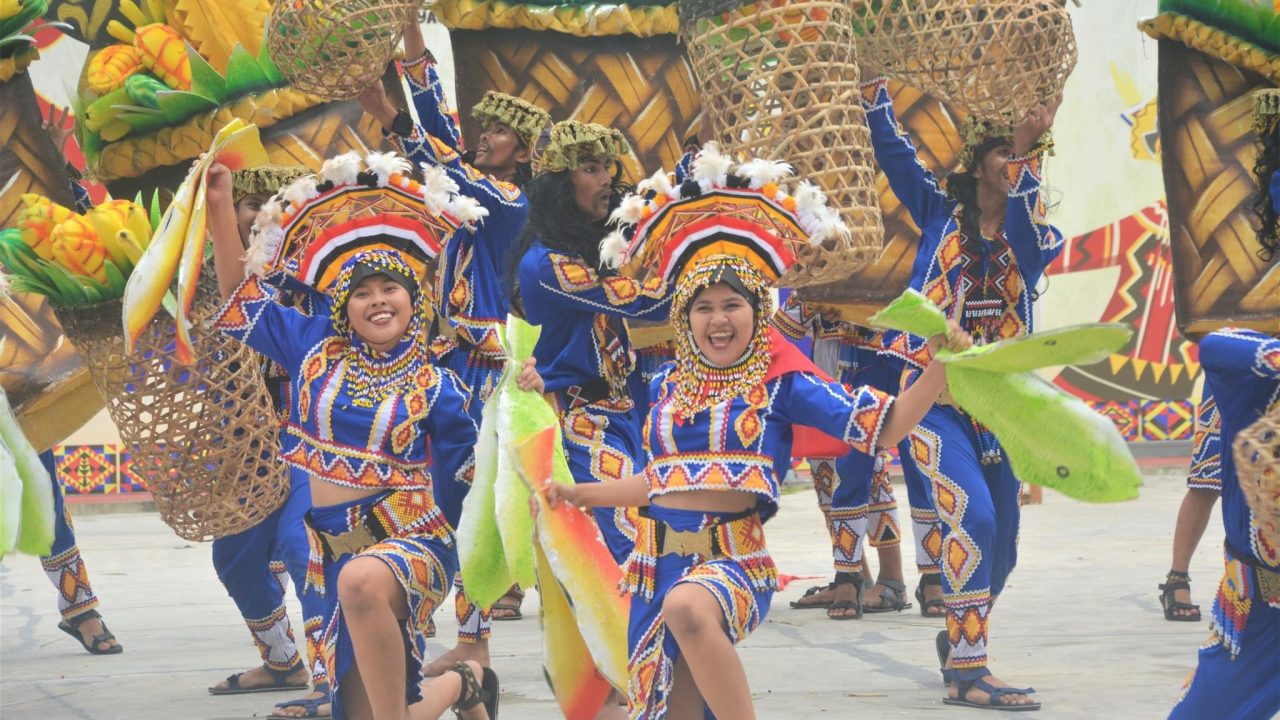
Aside from the festival, people from other areas visit Esperanza to explore and experience the various tourist attractions.
1. Pasiyohan Sea of Clouds – Barangay Bunaguit, Esperanza, Agusan del Sur
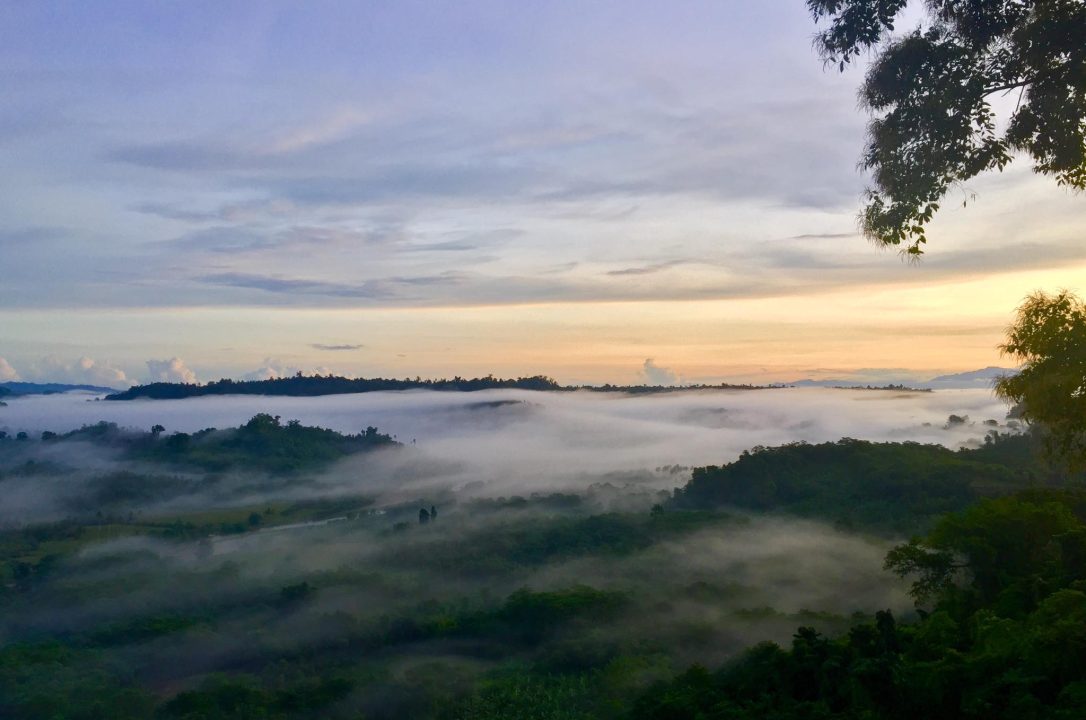
2. Kiligon Sea of Clouds – Barangay Maasin, Esperanza, Agusan del Sur

3. Happy Bee Farm Learning Site – Barangay Hawilian, Esperanza, Agusan del Sur
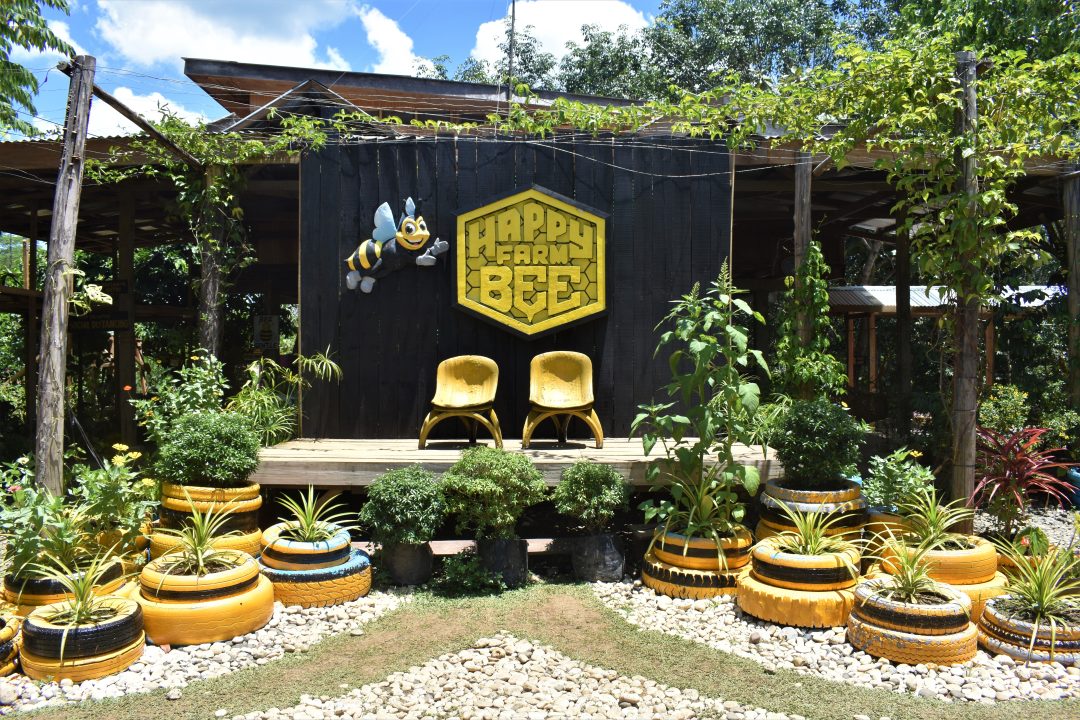
4. Champ Eley – Barangay Guadalupe, Esperanza, Agusan del Sur
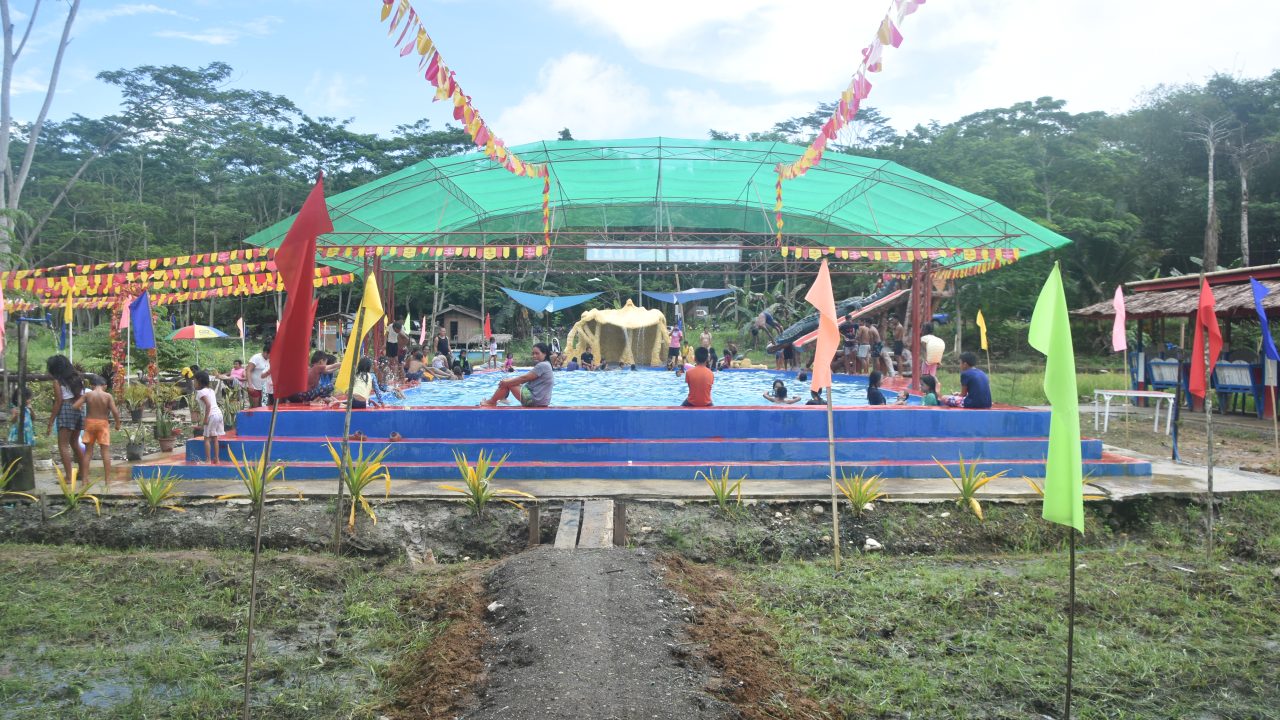
5. Heaven Bliss – Barangay Guadalupe, Esperanza, Agusan del Sur
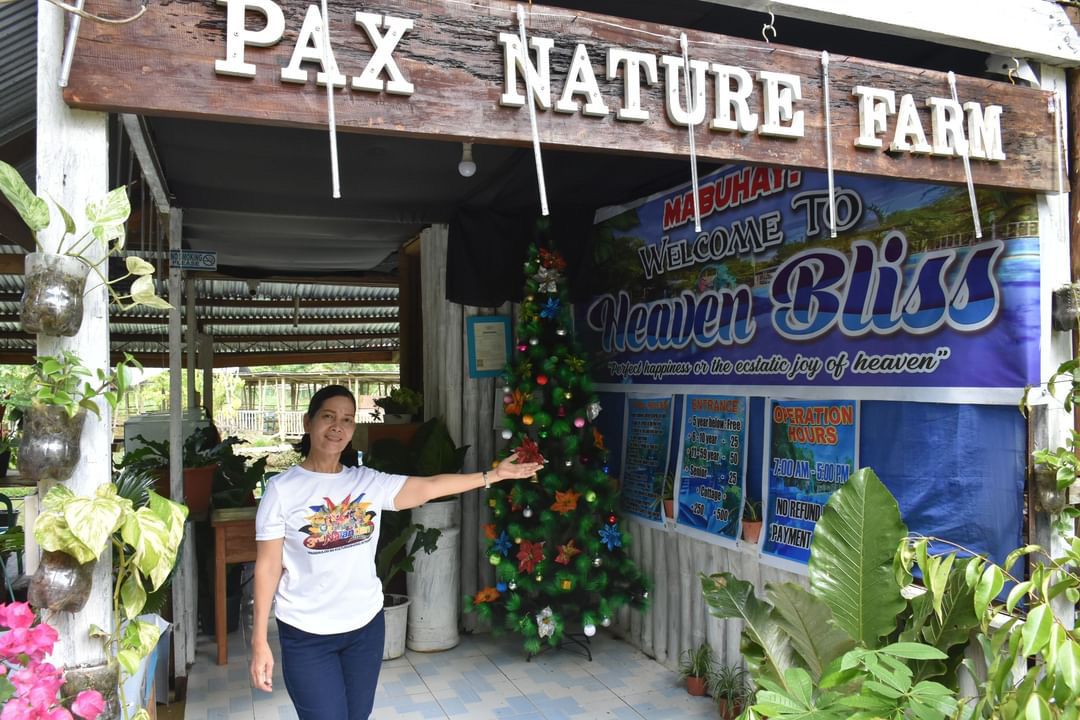
6. Kigatawon Falls – Barangay Milagros, Esperanza, Agusan del Sur

While visitors enjoy the attractions, it is worth trying their specialty food – Kakanin. People can also check the restaurants and cafes available in the area.
1. Happy Bee Farm
2. Importantea
3. D’Vines
4. Kohfee
5. Lala’s Food Hub
6. Kanto Snack
Tourists may stay overnight at the Happy Bee Farm, which at the same time is also an event venue.
Places of Worship:
If you’re a visitor in the area, and looking for a worship place, you may visit the St. Ignatius of Loyola Parish, one of the Catholic Churches in Esperanza. There is also a worship place for Iglesia ni Cristo, Seventh-day Adventists, UCCP, and more.
Transportation:
To fully enjoy the Municipality of Esperanza, the transportation available are Multicab, Sidecar, Single Motor, and Motorized Banca. Be open to adventure and new experiences.
How to travel from the nearest airport and seaport to the Municipality of Esperanza, Agusan del Sur:
From Bancasi Airport
1. From Butuan City, travel to Bagugan City. Travel time is around 1 hour.
2. From Bayugan City to Esperanza, take a PUV or tricycle, and travel time is between 20 to 30 minutes.
3. Total travel time is 1 hour and 30 minutes
From Nasipit Port
1. From Nasipit, travel to Butuan City. Travel time is around 30 minutes.
2. From Butuan City, head to Baguyan City, which will take an hour.
3. From Bayugan City to Esperanza, ride a PUV or tricycle. Travel time is between 20-30 minutes.
4. Total travel time is 2 hours.
Explore, Experience, and Enjoy the Philippines, our Home.
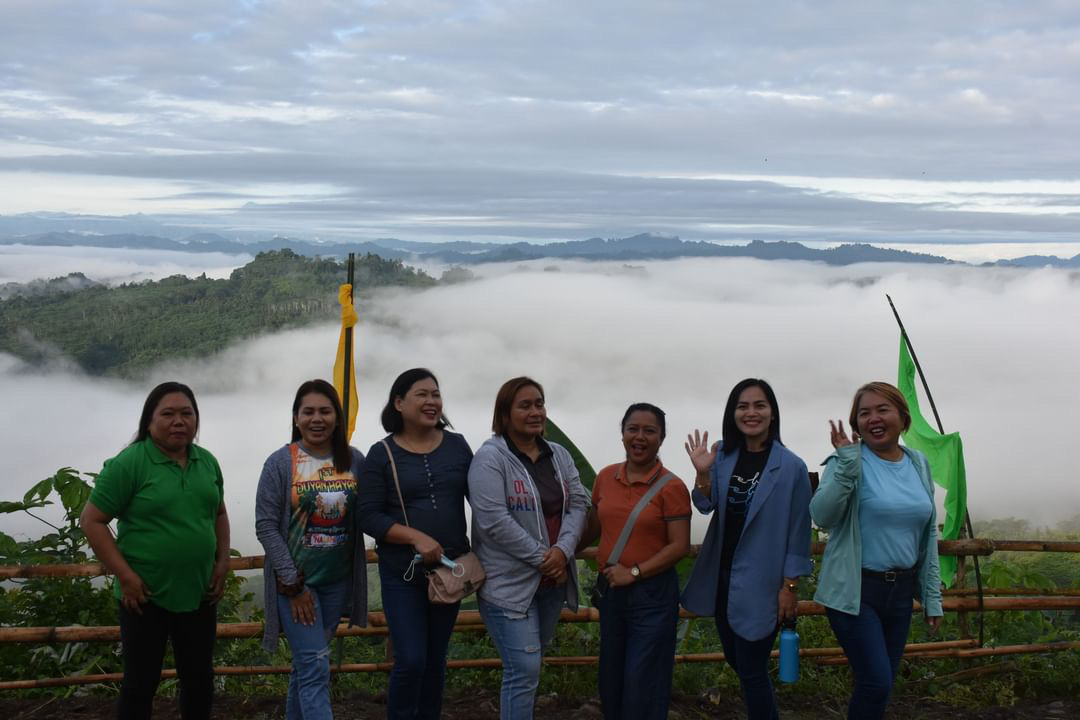
*Special thanks to the Tourism Department of the Municipality of Esperanza for sharing the details and images. Mabuhay kayo!

